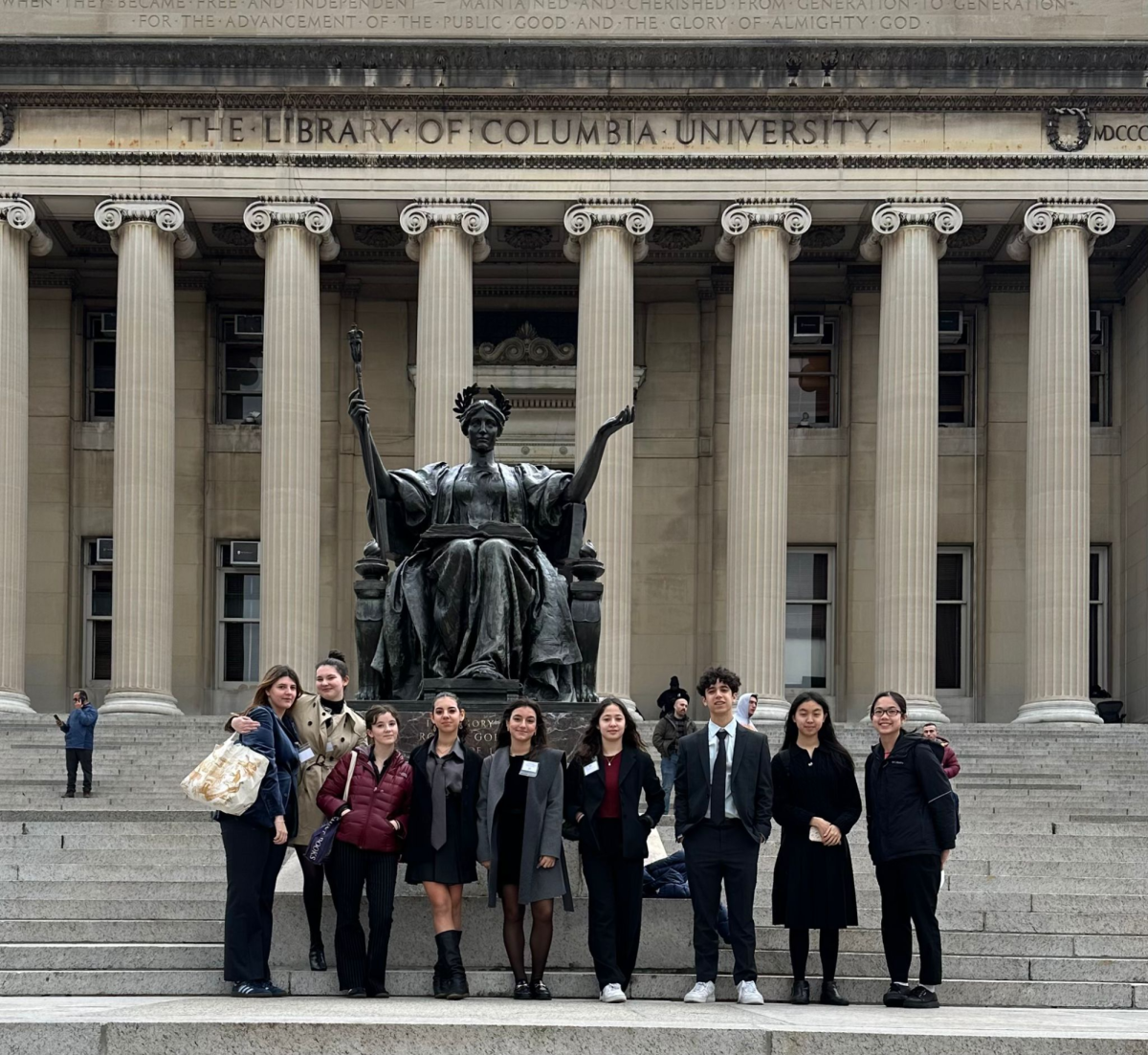Artificial Intelligence (AI) is transforming everything from education and medicine to entertainment and music. However, behind these innovations, an issue occurs that most don’t yet know: its environmental impact.
While these tools are highly convenient, their environmental cost is easy to ignore. Behind any AI technology lies data centers that consume significant amounts of energy and cause a serious increase in carbon emissions. As AI continues to grow, its impact on our environment does too. This raises one question: How can we balance innovation with sustainability?
Generating a single AI image requires an exorbitant amount of electricity, precisely 11 watt-hours (Wh). This releases a proportional amount of carbon dioxide into the atmosphere every time. The servers that power the work heat up due to excessive energy use, so water dissipates the heat and cools it down. For every 1,000 Wh, 9 liters of water are used. Overall, the process replaces natural and scarce resources with carbon dioxide emissions.
It can be challenging to comprehend just how significant that energy consumption is. For reference, 11 Wh is roughly equivalent to the energy required to charge your smartphone fully, and it’s used in just one image generation. A simple prompt requires nearly 3 Wh, but even that is approximately 10 times what a Google search would take. ChatGPT’s 200 million daily queries add up to 621,400,000 Wh a day, and that number doesn’t even consider other AI chatbots and programs also using up energy.
Training ChatGPT is an entirely different conversation – according to Makenna Hughmanic from The Cauldron, “The energy consumption for training ChatGPT is […] staggering, equating to that of an American household for more than 700 years.” Another way to put this statistic is it’s nearly the equivalent of the CO2 emissions of five average American cars over their entire lifetimes.
Artificial Intelligence not only affects the planet globally–it has drastic consequences for local communities. The requirement of large amounts of water and other resources to power AI systems strains local resources in many areas that are already facing shortages for distinct reasons. For example, Google’s data centers in Oregon, a region susceptible to droughts, have caused arguments due to the local supply consuming millions of gallons of water. Apple’s data centers in Mesa, Arizona, have drawn criticism over water allocation in the local community. Virginia’s “Data Center Alley,” one of the largest data centers globally, consumes more electricity than small cities and entire countries and is acquiring much from non-renewable sources. These problems affect small communities near urban areas disproportionately. As AI grows in popularity and use, it risks tension in communities, making addressing its local and global impacts critical.
Innovative solutions and global collaboration will be necessary to tackle AI’s environmental cost to tackle AI’s ecological costs. One idea is to design AI models with algorithms that use less energy or process data locally rather than rely on large data centers. Building or transitioning data centers to solar power, wind power, or other renewable energy sources can also significantly reduce carbon emissions. Some large companies, such as Google and Microsoft, have already committed to running their data centers entirely on renewable energy shortly.
The United Nations is leading the promotion of sustainability in AI. Initiatives such as the UN’s AI for Good program bring together leaders, researchers, and industry professionals to explore ways that AI can help achieve the SDGs while still having a minimal environmental footprint. The UN Climate Change Program is working on renewable energy management using AI, while the UN Environment Programme (UNEP) advocates for AI technology assessments to measure their effectiveness and environmental impact.
This year, UNIS’s UNIS-UN club is organizing a student-led conference on AI’s role in our world, both positive and negative. The conference will explore AI’s social, ethical, and ecological aspects, including its carbon footprint. By participating in these events in school, students can talk with peers and experts to work towards ways to create a sustainable future. The voices of our youth are crucial in addressing the challenges of climate change in our lives.





















